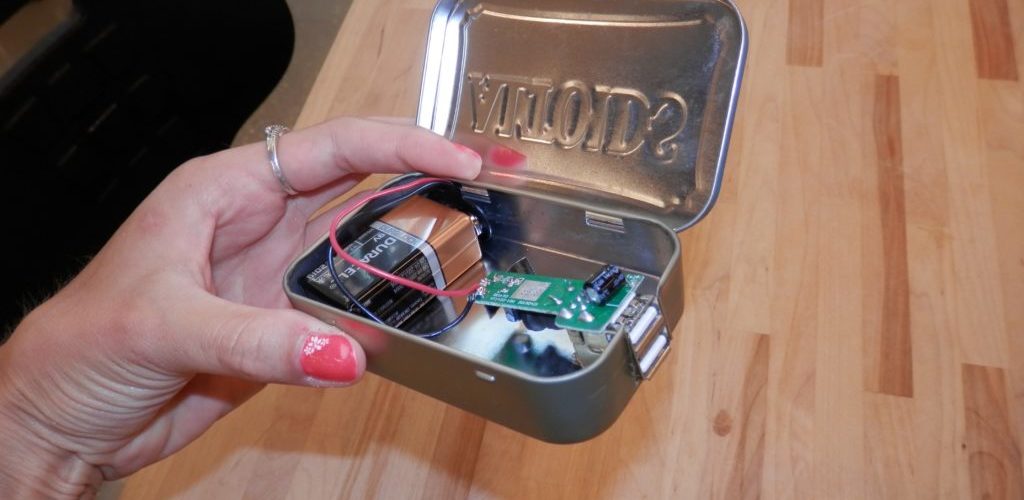Project Overview
For my project I decided to book bind my own notebook/sketchbook with a pleather cover. I had never book bound before and liked the idea of making something I could actually use. I was a bit concerned that this project would be too time consuming and that it might turn out crappy, but after watching some tutorials I decided to tackle it anyways. I was definitely right about it taking up a good chunk of time, but it ended up being for different reasons than I would have thought. The book binding itself took several hours, though I was probably going pretty slow ( I was also using paper that was thicker than recommended, so I had to make more groups of paper to sow together than you would normally have to). I ran into some problems when trying to laser cut my ‘pleather’, and this definitely slowed me down.
My Learning Style
I think I generally like hands on learning and visual learning. Sometimes I feel like things don’t really connect until I try them myself. I think I can also get impatient when reading something that is too detailed or watching a slow paced tutorial, so I would rather someone give me the quick rundown then figure it out as I go. As I face problems with what I’m doing, I usually look up how to solve that problem specifically. This definitely applied to my project. I preferred watching videos to reading, and once I felt like I basically understood the concept, I would just go ahead and try. I can definitely acknowledge the downside to this learning style. Books are great resources and sometimes every specific detail is important. But with projects like these, I usually try to figure it out, and then look back at the nitty-gritty if I can’t figure it out on my own.
Guides and Tutorials
I mostly used YouTube tutorials to do this project. These were helpful because I could quickly go through several different methods and take pieces from all of them to make up my own method. These also allowed me to visually see how people were binding their books. I also looked at various articles– mostly about specific tips and tools needed for book binding.
Problems I Encountered
My paper was thicker than the types of paper people were using in their tutorials, which essentially caused me to have to do more sowing. This probably added time to my project, though I am happy that I have thicker paper in my book, so I think it was worth it. None of the tutorials actually bound books how I ended up doing it, so it was a lot of figuring it out as I went. I also faced problems when dealing with laser cutting the pleather-type material (laser cutting actual pleather is extremely dangerous. Please don’t do that.) I didn’t have time to come up with a design that I wanted, so I ended up uploading a sketch I had already drawn into my computer and tracing over it, adding a swirling background underneath it. When I tried to engrave this into the ‘pleather’ the laser cutter decided it didn’t want to cooperate. For some reason (which we still don’t know) the laser wasn’t receiving any of the prints we were sending it. This took quite a bit of time to deal with, and I’m still not sure what the problem was. The engraving took around an hour and a half to cut. When I had finally engraved it– after dealing with the machine acting up and having to go back and forth to figure out the cut settings– I realized I had put the front cover design in the wrong place. UGH. I didn’t want to deal with it, so I just put it on backwards and called it a day. I then glued it all together and what a horrible experience that was. Someone lent me really good spray adhesive– which was necessary since I had to put the book together with enough time for it to dry before class. Unfortunately this spray turned out to be a nightmare. It worked extremely well, but holding everything together while also not getting it on everything else proved to be near impossible. Will my hands ever recover? Unlikely. I think this caused me to get more frustrated and cut corners (rather literally) when putting my book together, resulting in a book that is much less polished than preferable.
How This Project Connects To Class
I think this project forces us to jump into something we are uncomfortable with, use various sources to learn how to do things and document how we went about completing our project– all of which are things we will be doing in this class. Coding and Adobe Animate and everything else we do in this class is probably pretty daunting to most everyone. This project helped us face something out of our comfort zone to encourage us to do the same in the future with our other projects.
Credits
This video by Jennifer from Sea Lemon was probably the source I used the most for this project. She is someone who loves to do book binding and other sorts of crafts for fun, and likes to share her knowledge about it with the rest of the world in hopes to help others like her learn about such a great medium.
This video by Richard from Dark Horse Workshop helped influence how I put my book together. Richard makes props (predominately with leather) in the film industry and posts videos on some leather working techniques.
This article by Craft Addicts helped me learn about which kinds of string I should use for book binding (though I ended up going with what I had rather than what was recommended). Craft Addicts is a book binding hobbyist who likes to share their knowledge with people who are into, or trying to get into the craft.
Lastly, I received help from several people. Koob (last name unknown….) told me about various leather techniques, and helped me decide on what design to go with (not to mention standing with me as we panicked over the laser cutter). He is a kind soul who works in the maker space here at Trinity. Ryan Hodge, the supervisor of the maker space and Tim Francis, a professor in the Theatre department and the supervisor of the scenic studio, lent me some tools. without them holes would have never been punched and my book would have fallen apart.









Leave a Reply